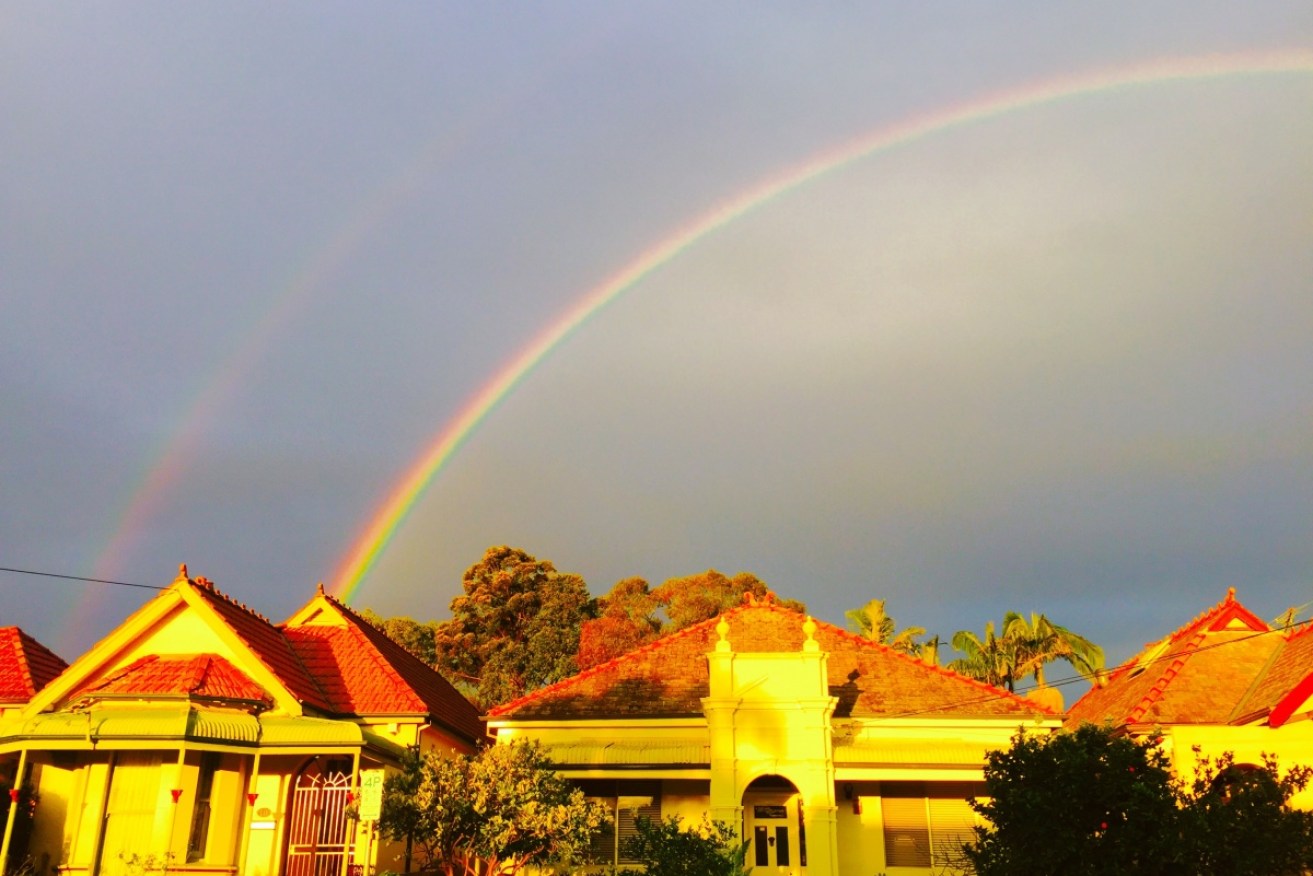The moment ‘houses’ became buildings to live in again


The era of housing being seen as a 'pot of gold' is rapidly coming to an end. Photo: Getty
Around the time Donald Trump was claiming victory in last year’s presidential election, something shifted within the Australian housing market.
While one doesn’t explain the other, the two events are not unconnected – the Trump electoral shock brought raised forecasts for global inflation, and therefore rising interest rates that will eventually impact any over-heated housing market.
No single factor dictates the Australian experience, but the changed mood undoubtedly helped create an inflection point a year ago, as the chart below shows. Investors started to ask: ‘How much upside is left in Australian property?’
The answer, confirmed again in Wednesday’s housing finance data, has increasingly been ‘not much’ – the value of loans to investors plunged 6.2 per cent in September in seasonally adjusted terms, according to the Bureau of Statistics.
That’s entirely rational if there are better opportunities emerging elsewhere.
As economist Stephen Koukoulas wrote on Wednesday: “With house prices set for a protracted period of weakness and with a very low rental yield, investors are likely to shun additional exposure to property. Money flowing into the stock market will inevitably result.”
Time to pounce?
For a generation of first home buyers shut out of the market, this will again have many asking ‘is this our chance to get on the ladder?’
The answer is both yes and no, depending on what you want out of life.
Yes, if you see a house as a long-term investment that, first and foremost, is also a building to live in.
And no if you still think housing is clever, highly-geared investment that will allow you to quickly ‘build wealth’ as real estate spruikers like to put it.
Indeed, first home buyers who take on large mortgages could easily find themselves in negative equity a year or two hence.
Capital Economics, which has a good track record on forecasting property prices, said in a note this week: “The housing market is unlikely to go into free-fall, but we do expect prices to move sideways over the next year or so before falling by around 10 per cent once the RBA starts to raise interest rates in the second half of 2019.”
So the first home buyer who pays $800,000 for a home in Sydney will have to write off the usual $32,000 they will pay in stamp duty, plus a possible slump in value of $80,000 if the Capital Economics forecast is accurate.
Given they’ve probably scrimped and saved $160,000 as a deposit, their net financial position by 2020 could end up being no better than if they’d been out partying every night in expensive bars instead.
But such is life – all investment decisions are made based on our best understanding of the potential risks and rewards at the time of investing.
Which takes us back to November 2016 – the moment investors started to see less need to take on truckloads of debt to build their highly geared wealth machine.
Since that turning point, first home buyers have waded back into the market and today are borrowing 13 per cent more in value terms.
During the same period, the value of loans made to investors has dropped by 7.4 per cent in trend terms – a more reliable guide than the seasonally adjusted 6.2 per cent quoted above.
The value of loans made is not the only determinant of price movements. The number of homes on the market has fallen in recent months, meaning less money is chasing less stock – hence Capital Economics call that we’re unlikely to see a price “free-fall”.
And yet for the first time in a generation, home buyers will have to get their heads around the idea that they are buying a building to live in, not a cash dispenser that is constantly topped up by speculators drunk on super-cheap credit.
That will be a huge cultural shift for a nation that has spent the past 17 years counting its apparently heaven-sent capital gains, and leveraging up to capture even more.
The September finance data reminds us not only that that era is coming to an end, but that investors have been adjusting to that new reality – better, arguably, than the Yanks are adjusting to their new commander in chief.








